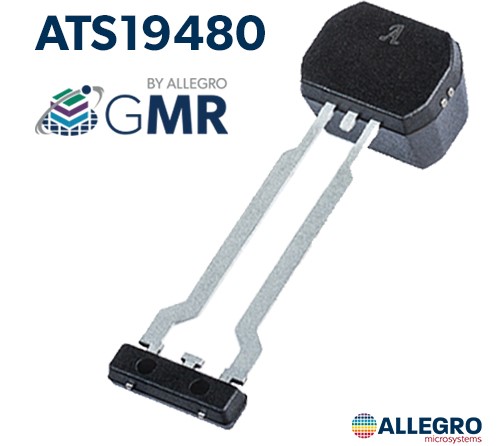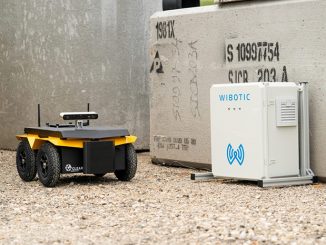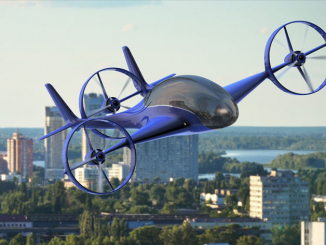
Still at a nascent stage but with huge adoption potential ahead, the spintronics market is poised for dramatic growth. Market researchers project annual growth rates ranging from 34% to north of 50% in two recent studies. Driving the surge are the rising use of magnetoresistive random-access memory (MRAM) for data storage and of spintronic sensors in electric vehicles.
Welcome to Spintronics Fest at Magnetics Magazine
Stay tuned for more!
Among the key players are Everspin, NVE, Crocus Technology, Spin Memory and Synopsis, as depicted in the image above by research firm Mordor Intelligence, based in Hyderabad, India. In its report, “Spintronics Market – Growth, Trends, COVID-19 Impact, and Forecasts (2021 – 2026)”, analysts value the global spintronics market at $303.8 million in 2020, leaping to $4.5 billion by 2026 as it mushrooms at a compound annual growth rate of 50.4% annually.
The supply side of the market was affected at the initial phase of the Covid-19 pandemic due to lockdown and factory closure across the world but now the scope of the market has expanded as data centers and cloud computing have experienced a massive surge in demand and adoption, reports Mordor.
Looking farther ahead, the market is projected to reach a value of $12.8 billion by 2030. This is the view of another study, “Spintronics Market Research Report: By Device Type, Application, End Use – Global Industry Size and Trends, Forecast to 2030”. Available from ResearchAndMarkets.com, this analysis figures an annual growth rate of 34.8% over the ten years studied. According to this report, rising demand for MRAM is one of the key factors. The other major market driver it cites is the growing demand for EVs.
In recent years, spintronics has been extensively deployed in data storage devices due to its faster data transmission capabilities and greater storage capacity. Products incorporated with spintronics technology have applications in electric vehicle, industrial motor, data storage, MRAM, among other end-uses. Incorporation of spintronics in MRAM transformed the data storage industry and in coming years likely will replace flash memory devices such as SD cards. It can be defined as a non-volatile memory technology, which employs electron spinning for reversing the magnetization of a layer. This allows for the storing of the data in the memory, using electrical current. Unlike conventional RAM, MRAM can retain the data even when there is no power while also yielding high transfer speed and consuming less power.
Spintronic sensors play a crucial role in enhancing battery performance and improving vehicle range in EVs. Because of their low power consumption and other attributes, giant magnetoresistance and tunnel magnetoresistance sensors are used for position sensing instead of Hall integrated circuits and anisotropic magnetoresistance sensors.
For more info, see www.mordorintelligence.com and www.researchandmarkets.com.



